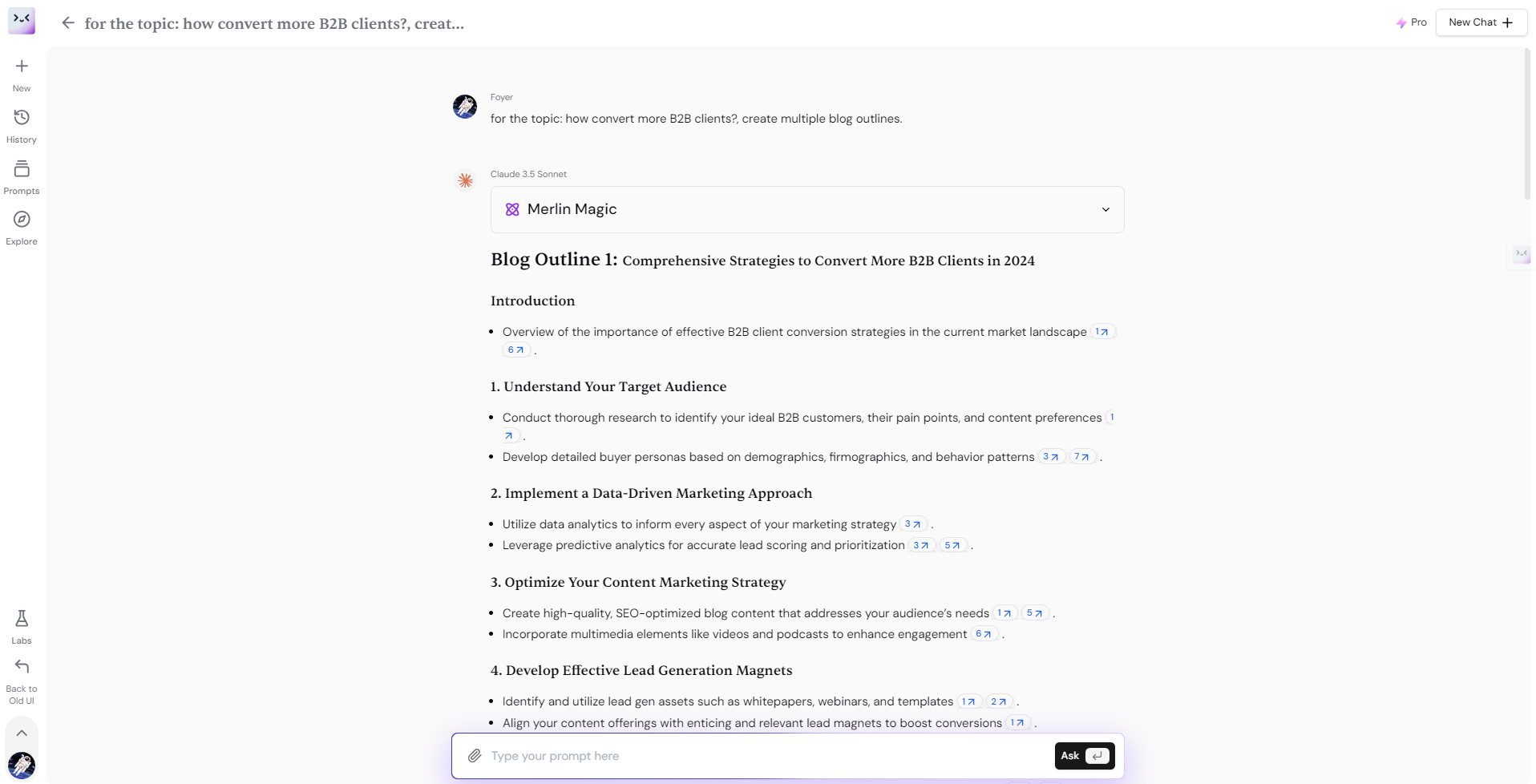How to write a blog for your WordPress website
If you’re running a business or simply want to share your ideas with the world, having a blog is a must. A blog gives you a voice, a platform to share your expertise, connect with others, and even grow your audience. It helps build trust with potential customers or readers and boosts your visibility online. Whether you’re an individual looking to express yourself or a business aiming to engage customers, a blog can work wonders.
Now, you might wonder, “Isn’t setting up a blog complicated?” Well, thanks to WordPress, it’s easier than ever. WordPress simplifies the process so you can focus on writing instead of worrying about the tech stuff. Let me walk you through how to set up and start writing your own blog in just a few simple steps.
Step 1: Setting Up Your Blog
First things first, you need to log into WordPress. Once you’ve created an account or logged into your existing one, the dashboard is your starting point.

Now, head over to the left side of the dashboard, where you’ll see the “Posts” section. Click on that, and you’ll find the option to “Add New.” This is where you’ll start crafting your new blog post.
Step 2: Planning Your Blog Post
Before you jump into writing, take a moment to plan. Think about your audience: what do they care about? What problems can you solve for them? Once you have a topic in mind, it’s time to do some quick keyword research.

Keywords are the words or phrases people type into search engines. By using relevant keywords, you increase the chances of your blog showing up in search results. You can use seo tools like Semrush or Ahrefs for keyword research, just search for your topic on Google and see what comes up.
Step 3: Creating a Blog Structure
Now that you have your topic and keywords, it’s time to structure your blog. Every good blog has a simple structure: an introduction, a body, and a conclusion.
If you’re having trouble with your blog outline, don’t worry; it’s normal to get stuck occasionally. Fortunately, there are several free AI chatbots available that can assist in creating blog outlines. For example, you can use Merlin’s AI Chat and try the following prompt.
Prompt: For the topic: (X), create a blog outline and give multiple options.

These outline will give you an overall idea of flow you want for your blog.
But always rember these basics:
- Begin with an engaging introduction to capture the reader’s attention.
- Organize the body of the blog by breaking down main points.
- Use clear headings (H2, H3 tags) for each section to enhance readability.
- Conclude with a summary of the points and a thought-provoking closing.
Step 4: Writing Engaging Content
When writing your post, break your content into smaller sections with clear headings. This makes it easier to read and more engaging. People don’t want to read long blocks of text, so keep your paragraphs short and to the point.
Try to write as if you’re having a conversation with your readers. Keep it light and engaging. Share stories, ask questions, or use humor where it fits. The key is to keep your reader interested from start to finish.
Step 5: Using Visual Elements
Visuals can make your blog post more engaging. Whether it’s images, videos, or infographics (graphs, gifs,images ,and videos) they help break up the text and make your post more interesting.

To add visuals in WordPress, click on the “Add Media” button when you’re writing your post. From there, you can upload images or videos. Remember to optimize your visuals by adding descriptive alt text for better SEO and compressing the images to make sure your page loads quickly.
Step 6: Incorporating SEO Best Practices
To make sure your blog post gets found online, you need to pay attention to SEO (Search Engine Optimization). Here are a few simple tips:
- Keywords: Use your main keyword in the title, headings, and throughout the text (but don’t overdo it).
- Meta Tags: Write a short meta description (around 160 characters) that includes your keyword. This is what will show up under your blog’s title in search results.
- Readability: Use short sentences and paragraphs to make your post easy to read. Avoid jargon or overly complicated language.
- User Experience: Make sure your blog looks good on all devices, including mobile phones.
Step 7: Reviewing and Publishing Your Post
Before you hit “Publish,” take a moment to review your work. Proofread your post to catch any typos or errors. WordPress also lets you preview your post, so you can see how it will look once it’s live.
Once you’re happy with it, you can either publish your post immediately or schedule it for a later time. Scheduling posts is great if you want to keep a consistent posting schedule without having to log in every time.
Conclusion
Starting a blog might seem overwelming at first, but it’s really just a step-by-step process. To recap: log into WordPress, plan your post, structure it well, write engaging content, add visuals, optimize for SEO, and review before publishing.
The key to a successful blog is consistency. Don’t worry if your first few posts aren’t perfect. The more you write, the better you’ll get. So go ahead, start your blog today and share your voice with the world!


